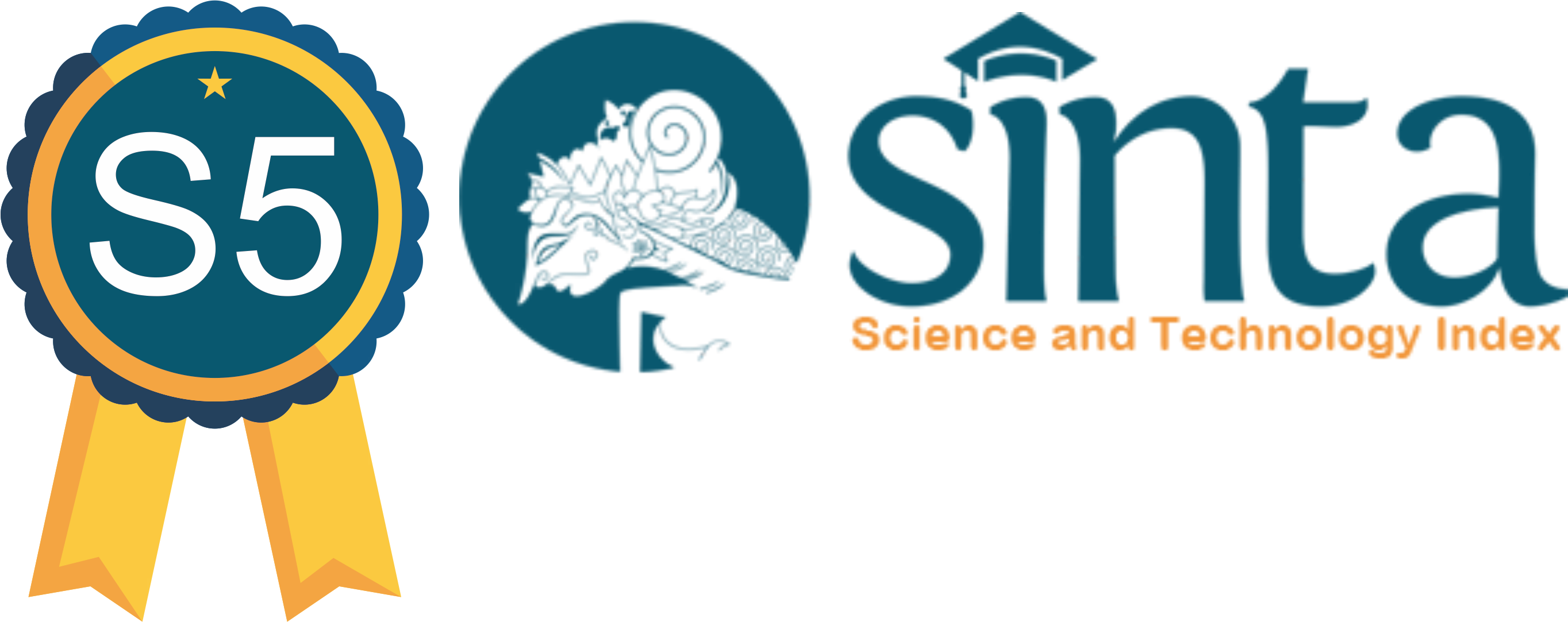Conformity and Cyber-Aggression Behavior in Adolescent Social Media Users
Abstract
This study aims to examine the relationship between conformity and cyber-aggression behavior among adolescent social media users in Kupang City. A quantitative correlational approach was employed, involving 360 adolescents aged 12 to 22 years who are active social media users. The instruments used were conformity and cyber-aggression scales. Data analysis using Spearman’s Rho test revealed a significant positive correlation between conformity and cyber-aggression behavior, with a correlation coefficient of 0.163 and a significance value of p = 0.002 (p < 0.05). These findings indicate that the higher the level of conformity among adolescents, the greater their tendency to engage in aggressive behavior on social media. This result is important as a basis for developing strategies to prevent online aggressive behavior among adolescents.
Downloads
References
Athanasiou, K. (2018). Social media, cyber-aggression and student mental health on a university campus. Journal of Mental Health, 27(3), 222–229.
Apsari, K. A., & Siswati, S. (2020). Hubungan Antara Konformitas Dengan Kecenderungan Perilaku Cyberbullying Pada Cosplayer Di Komunitas Cosplay Semarang (Cosma). Jurnal Empati, 9(3), 256-261.
Aprilia, R., Sriati, A., & Hendrawati, S. (2020). Tingkat Kecanduan Media Sosial pada Remaja. Jurnal of Nursing Care, 3(1).
Arifi, I., & Widiasih, P. A. (2024). Bertahan di Dunia Digital: Koping Religius dengan Penerimaan Diri Korban Perundungan Siber. Satwika : Kajian Ilmu Budaya dan Perubahan Sosial, 8(2), 331–342. https://doi.org/10.22219/satwika.v8i2.33590
Aryani, E. (2019). Hubungan antara Konformitas Teman Sebaya dan Asertivitas dengan Perilaku Merokok pada Siswa di SMPN 2 Sleman. Prophetic: Professional, Empathy and Islamic Counseling Journal, 2(01), 153–162. http://syekhnurjati.ac.id/jurnal/index.php/prophetic
Asosiasi Penyelenggara Jasa Internet Indonesia. (2023). Survei APJII Pengguna Internet di Indonesia Tembus 215 Juta Orang. https://apjii.or.id/berita/d/survei-apjii-pengguna-internet-di-indonesia-tembus-215-juta-orang/ tanggal 20 Oktober 2024
Asosiasi Penyelenggara Jasa Internet Indonesia (APJII). (2024). APJII Jumlah Pengguna Internet Indonesia Tembus 221 Juta Orang. https://apjii.or.id/berita/d/apjii-jumlah-pengguna-internet-indonesia-tembus-221-juta-orang/ tanggal 20 Okteober 2024
Baron, R. A., & Byrne, D. (2005). Psikologi Sosial (Edisi ke-10, jilid 2). Jakarta: Erlangga.
Bleize, D. N. M., Anschutz, D. J., Tanis, M., & Buijzen, M. (2022). Testing a first online intervention to reduce conformity to cyber aggression in messaging apps. PLoS ONE, 17(8 August). https://doi.org/10.1371/journal.pone.0272615
Bleize, D. N. M., Tanis, M., Anschütz, D. J., & Buijzen, M. (2021). A social identity perspective on conformity to cyber aggression among early adolescents on WhatsApp. Social Development, 30(4), 941–956. https://doi.org/10.1111/sode.12511
Chen, X., et al. (2025). Violent or competitive? Unpacking adolescent cyber-aggressive behavior. Frontiers in Psychology, 16, Artikel 1577717. https://doi.org/10.3389/fpsyg.2025.1577717
Hamida, N. A. S. K. lu’luk, Rahmat Laba, Al Mascaty, A., & Nahesti, N. (2023). Adaptasi dan Validasi Skala Cyber-Aggression Questionnaire for Adolescents. Jurnal Psikologi Forensik Indonesia, 3, 173–181.
Larasati R. E., & Kusuma Dewi, D. (2022). Konformitas Mahasiswa Fakultas Ilmu Pendidikan Universitas Negeri Surabaya Setelah Masa Perkuliahan Online. Character: Jurnal Penelitian Psikologi, 9(5), 196–205.
Lestari, K. A., & Fauziah, N. (2016). Hubungan Antara Konformitas Dengan Motivasi Belajar Pada Siswa Di Sma Muhammadiyah Kudus (Vol. 5, Nomor 4).
Copyright (c) 2025 Lidia Yana R. L. Sau, Juliana Marlin Y. Benu, Mardiana Artati

This work is licensed under a Creative Commons Attribution-ShareAlike 4.0 International License.
Journal of Health and Behavioral Science (JHBS) is licensed under a Creative Commons Attribution-ShareAlike 4.0 International License. You are free to copy, transform, or redistribute articles for any lawful purpose in any medium, provided you give appropriate credit to the original author(s) and JHBS, link to the license, indicate if changes were made, and redistribute any derivative work under the same license. Copyright on articles is held by the authors. By submitting to JHBS, authors grant any third party the right to use their article to the extent provided by the Creative Commons Attribution-ShareAlike 4.0 International License.

 Lidia Yana R. L. Sau(1*)
Lidia Yana R. L. Sau(1*)








